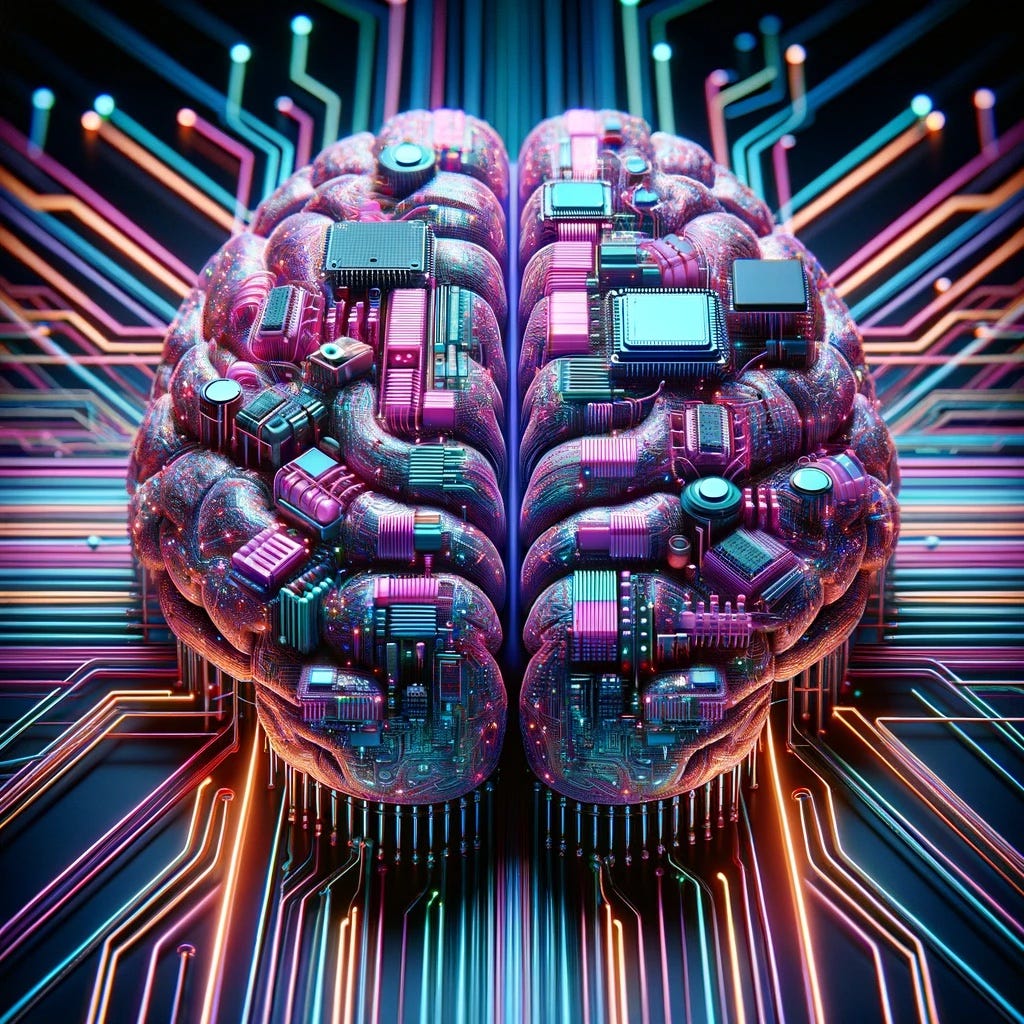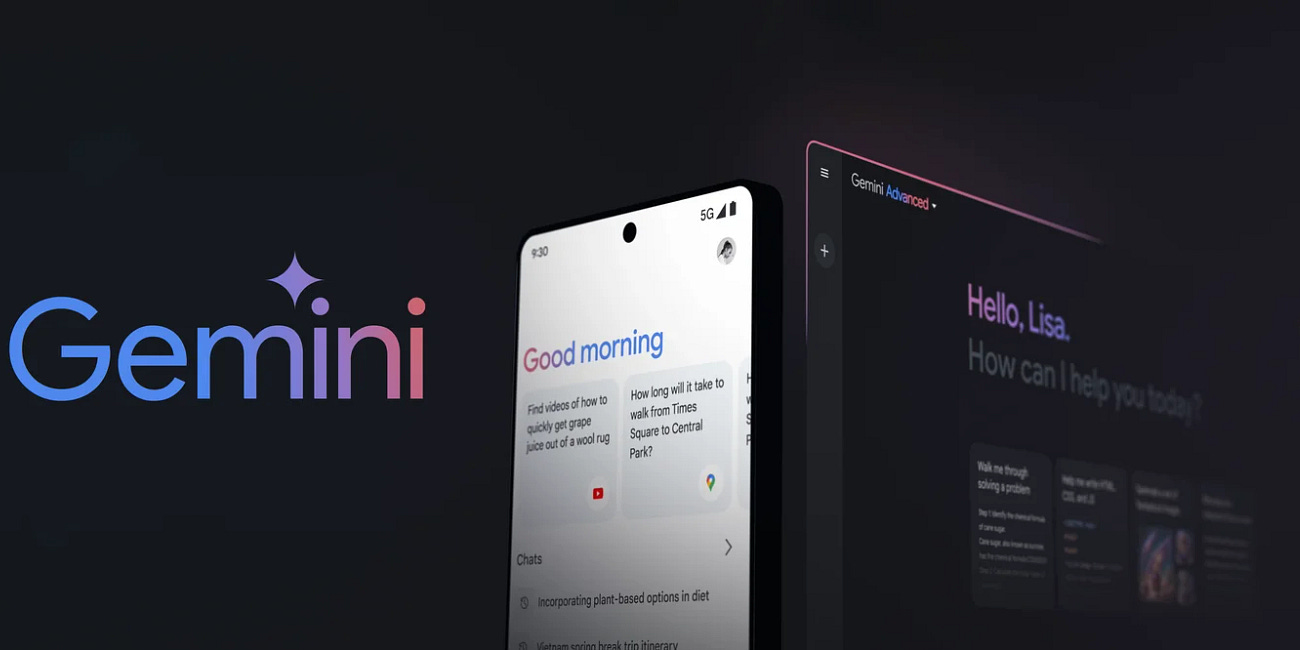OpenAI is Testing a Memory Feature with ChatGPT
OpenAI is rolling out a new memory feature for a mix of free and Plus ChatGPT users this week, according to a blog post earlier this evening. OpenAI’s goal is to enable ChatGPT to provide a more personalized and efficient experience for users.
Remembering things you discuss across all chats saves you from having to repeat information and makes future conversations more helpful.
You're in control of ChatGPT's memory. You can explicitly tell it to remember something, ask it what it remembers, and tell it to forget conversationally or through settings. You can also turn it off entirely.
How memory works
As you chat with ChatGPT, you can ask it to remember something specific or let it pick up details itself. ChatGPT’s memory will get better the more you use it and you'll start to notice the improvements over time. For example:
You’ve explained that you prefer meeting notes to have headlines, bullets and action items summarized at the bottom. ChatGPT remembers this and recaps meetings this way.
You’ve told ChatGPT you own a neighborhood coffee shop. When brainstorming messaging for a social post celebrating a new location, ChatGPT knows where to start.
You mention that you have a toddler and that she loves jellyfish. When you ask ChatGPT to help create her birthday card, it suggests a jellyfish wearing a party hat.
As a kindergarten teacher with 25 students, you prefer 50-minute lessons with follow-up activities. ChatGPT remembers this when helping you create lesson plans.
Control Factor
OpenAI’s announcement takes great pains to explain that users maintain control. Users can ask ChatGPT not to remember certain things. In addition, users can go into a settings list of the memories that ChatGPT has stored and selectively delete items.
There is also a new “Temporary Chat” feature that users can select when they don’t want the information committed to memory or recorded by OpenAI. Memory users will access this feature in the same area where they select their model options. It is unclear what model is used for temporary chat. For example, it is a single selection and does not indicate whether it is connected to GPT-3.5 or GPT-4.
Temporary chats can be initiated from a normal chat session or from within a GPT. The results will not be used for training, but OpenAI may retain the chat information for up to 30 days for “safety purposes.”
Personalization
The idea of a personalized digital assistant is not new. The more a digital assistant knows about a user, the better able it will be to divine the intent of any request and tailor the response to fit the need. That is a fairly straightforward rationale.
Other assistants have attempted to do this in various ways. Apple Siri will recommend “Shortcuts” for simple smartphone actions or more complex routines based on user behavior. Alexa “hunches” performs a similar function for smart home-related features. Amazon also introduced teachable AI for Alexa which enabled users to teach the voice assistant about their preferences. Samsung Bixby would automatically identify if a specific branded Capsule (i.e., app) was preferred, such as Uber instead of Lyft, when asking to book a car.
ChatGPT is a great generalist knowledge tool, but to date, it has known nothing about users. Every session is discrete, and there has been no sense of continuity outside of the session context. Personalization starts with session context and extends to user context, which may include conversation data and other information the digital assistant accesses.
ChatGPT previously enabled users to create a profile feature that appended a system prompt to user prompts. These instructions tailored the output by asking the large language model to behave in a certain way. That feature was removed at some point after GPTs were enabled, given they offer a similar system prompt capability. Personalization through memory takes this a step further. It is an extension of the context that ChatGPT can apply to any user session.
Inflection AI’s Pi notably has this memory learning feature, which the company refers to as personal intelligence. ChatGPT has a far larger user base and is now looking to close that feature gap. OpenAI originally focused on capturing more users. Its goal now is to drive frequency of use and loyalty. Memory-fueled personalization is a good strategy to achieve that goal.
Bard Becomes Gemini, Ultra is Here, and Other Ways Google is Mirroring OpenAI's Strategy
Gemini Ultra, Google’s answer to GPT-4, has arrived. OpenAI quickly integrated GPT-4 into ChatGPT after its launch, and Microsoft followed suit with Bing Chat and Microsoft Copilot for the 365 productivity suite (now both branded as Copilot). Following a similar path, Google also announced that Gemini Ultra will be integrated into its ChatGPT alternativ…
OpenAI Has Model Updates, Lower Prices, and New Requests from Anti-trust Regulators
OpenAI announced several new updates this week regarding its large language models (LLM) and API services. This is a sign of the maturing of the OpenAI technology stack, which supports production features and cost management instead of strictly focusing on model performance.







